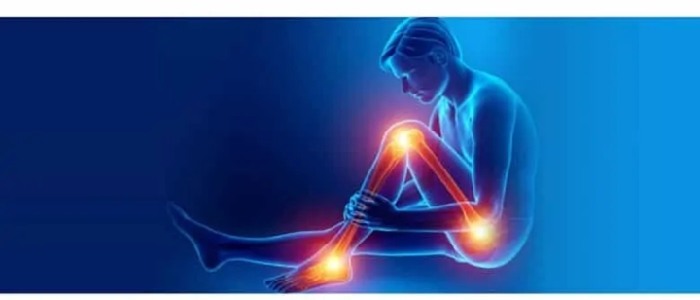Washington, Apr 7: If you've been a night owl all your life and mornings are your nemesis, blame a gene mutation for keeping you awake, scientists say. Researchers at Rockefeller University in the US have discovered that a variant of the gene CRY1 slows the internal biological clock - called the circadian clock - that normally dictates when you feel sleepy each night and when you are ready to wake.
People with the "night owl" variant of this gene have a longer circadian cycle than most, making them stay awake later, researchers said. "Compared to other mutations that have been linked to sleep disorders in just single families worldwide, this is a fairly impactful genetic change," said Michael W Young, professor at Rockefeller.
According to the new research, the mutation may be present in as many as one in 75 people in some populations. Sleep or wakefulness disorder - ranging from insomnia to narcolepsy - can predispose people to chronic diseases including diabetes, obesity and depression. People who self-categorise as night owls are often diagnosed with delayed sleep phase disorder (DSPD).
Their 24 hour sleep-wake cycle is delayed, making them energetic long after most people have fallen asleep. Going to bed late has its downsides: most people with DSPD are forced to wake up before their bodies tell them to in order to make it to work or school on time, leading not only to insomnia early in the night, but also to fatigue during the day.
To find out whether mutations in any known circadian genes were linked to DSPD, subjects were asked to spend two weeks in a laboratory apartment that was isolated from all cues to the time of day, eating and sleeping whenever they were inclined. Researchers also collected skin cells from each person. Most people will follow a roughly 24 hour sleep-wake cycle when put in such a free-run environment.
However, a DSPD subject that caught the researcher's interest not only stayed up late, but had a cycle that was about 30 minutes longer. Moreover, changes in body temperature and hormones that cycle along with the circadian clock - including melatonin, which helps regulate sleep - were also delayed.
"Melatonin levels start to rise around 9 or 10 at night in most people. In this DSPD patient that doesn't happen until 2 or 3 in the morning," said Young. When the researchers examined the DNA from the DSPD patient, one variant stood out; a mutation in CRY1, a gene that had already been implicated in the circadian cycle.
In a healthy circadian clock, a handful of genes turn on and off over a 24 hour cycle. The protein made by CRY1 is normally responsible for suppressing some of these genes during certain parts of the cycle. However, researchers discovered that the mutation identified in the patient made the CRY1 protein more active than usual, keeping other clock genes switched off for a longer period of time.






Comments
Add new comment